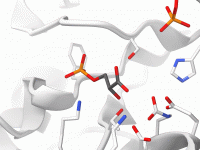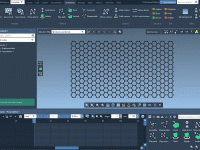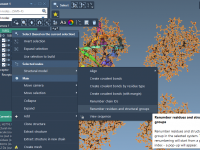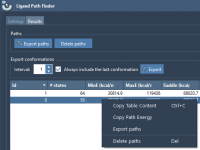Author: OneAngstrom
Preventing Setup Headaches: Choosing Inputs and Parameters for GROMACS Simulations in SAMSON
Spend less time tweaking molecular visuals

Creating clear, consistent visuals of molecular systems can be a tedious task, whether for scientific communication, teaching, or just keeping track of complex simulations. The common workaround involves repeatedly adjusting representations, color schemes, visibility settings, zoom levels, and more —…











